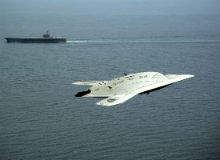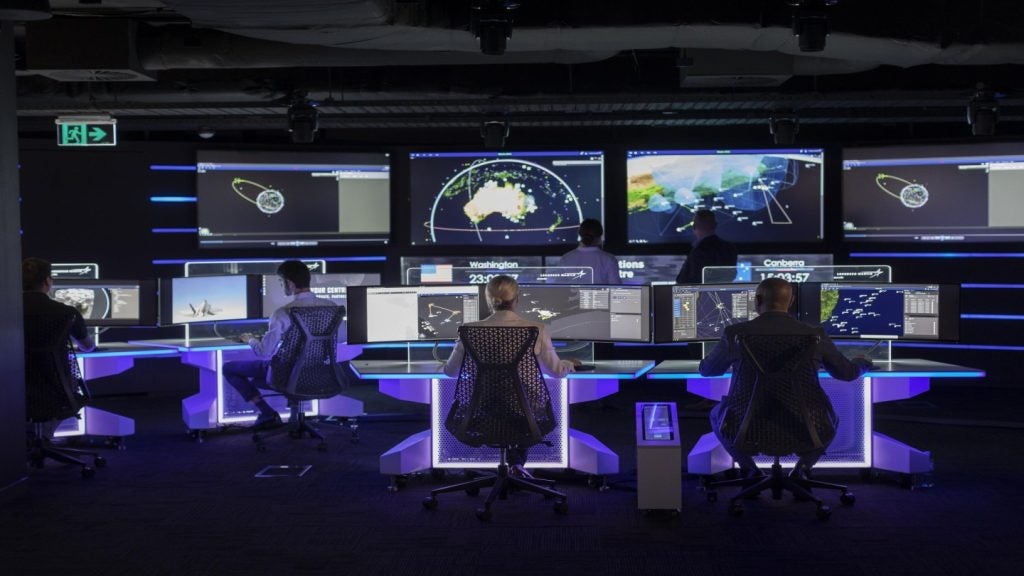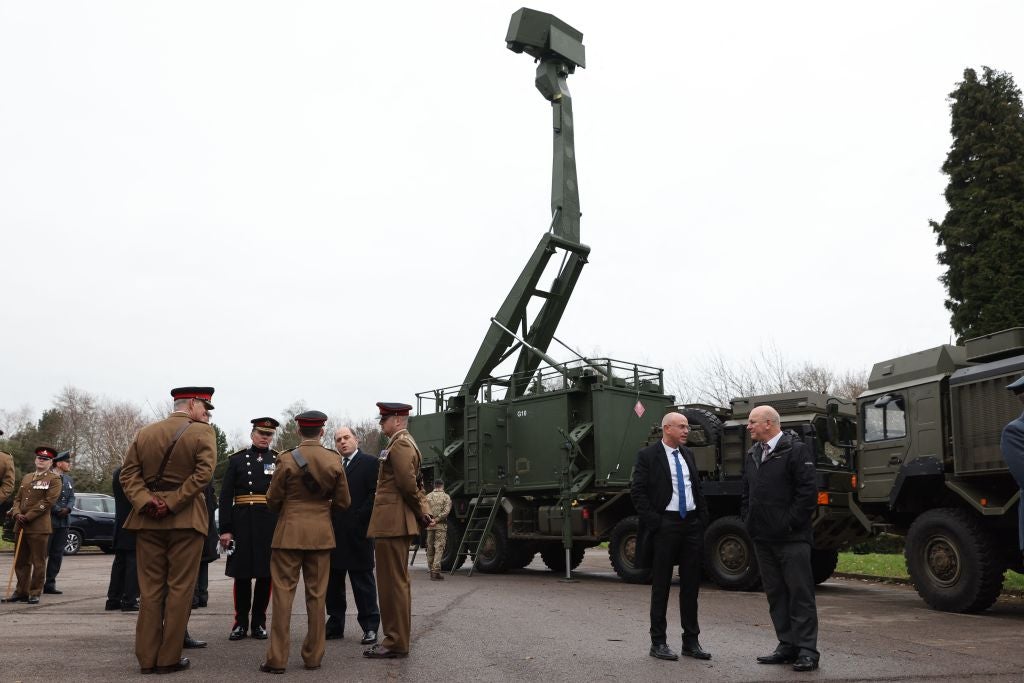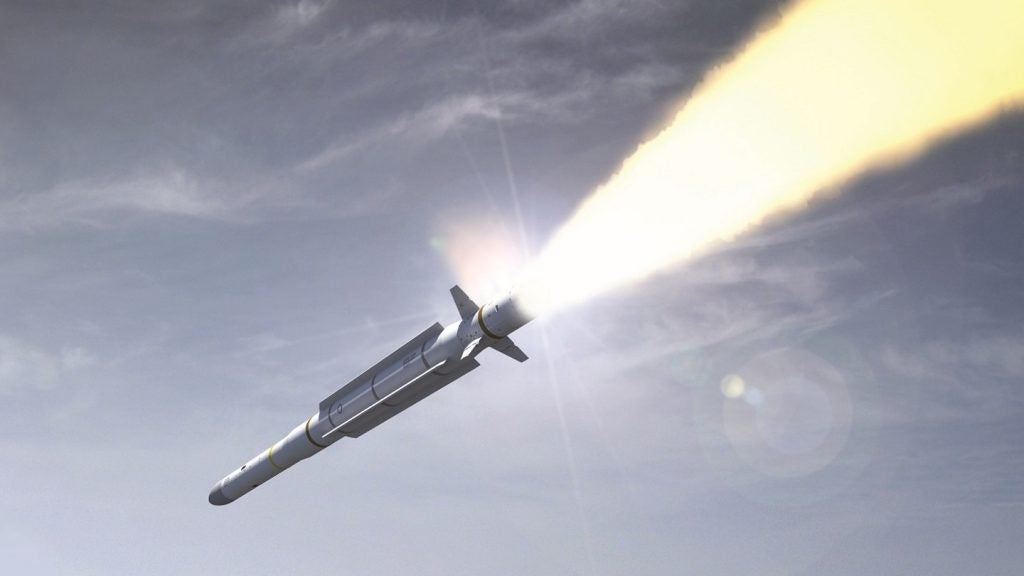

There is a popular myth which perpetuates among those unfamiliar with defence technology. It is the myth that unmanned aerial systems (UAS) are now autonomous, self-thinking machines that no longer require humans for their operation. This is not true. The infamous drone – condemned by many, understood by few – still requires a significant amount of human input and oversight to operate.
In other words, they are not actually unmanned.
Current UAS like the Predator or Reaper are, in most respects, the same as their manned counterparts – they require all the same human interactions. But the only difference is that a UAS crew is safe on the ground and not 30,000ft over hostile territory. This obviously keeps the crew safe, but in terms of economics, they still need to be paid, fed and trained.
In the long run manpower costs are no different from manned systems, which creates challenges for defence planners.
See Also:
Reducing the human footprint with autonomy
The X-47B is an unmanned combat air system carrier being developed by Northrop Grumman for the US Navy
How well do you really know your competitors?
Access the most comprehensive Company Profiles on the market, powered by GlobalData. Save hours of research. Gain competitive edge.

Thank you!
Your download email will arrive shortly
Not ready to buy yet? Download a free sample
We are confident about the unique quality of our Company Profiles. However, we want you to make the most beneficial decision for your business, so we offer a free sample that you can download by submitting the below form
By GlobalDataWith costs for training, pay and pensions continuing to rise in countries like the US and, at the same time, resources becoming scarce – militaries are finding it difficult to pay the bills. For this reason, a number of militaries and defence manufacturers are looking at ways to reduce the human footprint and introduce greater levels of autonomy into their UAS systems.
There are also the tactical benefits of autonomy, UAS will be able to carry out even more ‘dull, dirty and dangerous’ missions especially in areas like intelligence, surveillance and reconnaissance, where long loiter times are essential. The use of UAS for these ‘dull’ missions is increasing but, equally, they remain very manpower intensive which is causing problems among drone aircrew.
In a report last year for the Brookings Institute, US Air Force Colonel Bradley T. Hoagland said the high tempo nature of UAS operations across the world meant many pilots never get the time for education and training which could lead to promotion. Around 78% of UAS pilots are promoted from Captain to Major, while the percentage for their peers in manned aircraft is consistently around 96%.
Hoagland’s report also identified an attrition rate that was three times higher for UAS pilot trainees than trainees for manned aircraft. Autonomy will be one way of remedying these problems as it slowly relieves the burden on aircrew and makes training easier.
Horseless carriage stage: the infancy of autonomous technology
At the moment the technology exists where an aircraft can automatically take-off, fly a designated route and land all without human input. In an impressive display last July, an unmanned X-47B aircraft landed on the deck of the USS George H W Bush autonomously. Though there was a controller at a terminal giving instructions, they never actually flew the aircraft.
The successful tests were a sign of the rapid development in UAS design, yet true autonomous aircraft technology is still in its very early stages. Much of what we see today is really advanced automation, rather than advanced autonomy.
Experts in the defence industry often compare unmanned systems today to the Wright brother’s aircraft or Henry Ford’s Model T car. They are obviously not comparing them in terms of technology, but rather in terms of potential.
Wilbur, Orville and Henry – and almost everybody else – would not have realised at the time how much their rickety contraptions would transform our lives a few decades later. The same is true now for unmanned systems.
"We need to remember that [unmanned systems] are just the first generation," said Peter W. Singer, a senior fellow at the Brookings Institute and author of the bestselling book Wired For War. "We are still at the ‘horseless carriage’ stage of this technology."
With UAS, the full potential of this technology is still unknown. But that is slowly changing with the development of greater autonomy.
Fearing autonomy and non-human decision making
There are those who are apprehensive about the adoption of autonomy – even from within the military – and fear computers will become so intelligent that they will make decisions without approval from a human commander. A report looking at the role of autonomy by the US Defense Science Board in July 2012 said this view could be harmful for the advancement of UAS.
MQ-4C Triton is a new broad area maritime surveillance (BAMS) unmanned aircraft system (UAS) unveiled by Northrop Grumman for the US Navy.
"These concerns are – in some cases – limiting its adoption," the report warned. "It should be made clear that all autonomous systems are supervised by human operators at some level, and autonomous systems’ software embodies the designed limits on the actions and decisions delegated to the computer."
In the US, the Pentagon wants to build UAS which don’t just carry out predefined mission goals [eg. fly to these coordinates] but which also use artificial intelligence to plan and modify mission goals when necessary. Autonomous systems would optimise and adapt behaviour in order to complete a given objective, just like a human.
This has benefits when it comes to using unmanned systems against a future enemy force and adapting to situations which may require smart judgement. After all, a UAS which flies on a pre-defined route with a pre-defined goal is much easier to counter than a machine which can autonomously adapt to an enemy’s actions.
So the aim for engineers is to develop unmanned systems which have human-like cognitive abilities.
Improving sensor technology and busy airspace
To think and make decisions like a human, autonomous UAS will have to understand their surroundings and location to a much more sophisticated level than they do today.
This will be achieved through increased use of sensors and also the capacity to interpret the huge amount of information that those sensors generate.
"The ongoing fusion of sensor technology with advanced computational and processing power has enabled commercial and military platforms to become more aware of their environment and interact with it in the absence of human control," said a new report entitled 20YY: Preparing for War in the Robotics Age by the Washington-based think tank Center for a New American Security.
One particular area where being aware of the surroundings is a top priority is in busy military or civilian airspace. On operations like Afghanistan, unmanned systems are increasingly crowding the skies alongside manned aircraft. This can be dangerous without adequate sense-and-avoid and positional technologies. Currently, the military reduces risk by limiting the areas where UAS operate in relation to manned systems.
The aim for the future is to slowly integrate manned and unmanned systems and increase their interoperability for maximum operational effectiveness. It’s a concept the US Department of Defense calls ‘the loyal wingman’. The seeds of the concept are already being sewn today, the US Navy’s new manned P-8A Poseidon maritime aircraft is designed to work closely with the MQ-4C Triton UAS.
But before we get excited, proper maturation of this technology is still a decade away, according to US DoD estimates.
Unmanned systems and civil regulated airspace
One of the biggest debates currently raging in UAS circles is how the technology can be integrated into civil airspace.
Right now, the regulatory environment for UAS operating in commercial airspace is extremely restrictive. Even UAS which are remotely-operated by a human crew have to special permits to fly in US and European commercial airspace. Under US law, UAS are banned from flying in airspace over urban or densely populated areas. The US Federal Aviation Authority (FAA) is reviewing these rules but it’s not due to come to a decision until next year.
There are also fears over airworthiness and how an autonomous or remotely-piloted aircraft can effectively deal with emergency situations. Research by Bloomberg Government in 2012 showed over a 15 year period Predator, Reaper and Global Hawk were the most ‘accident prone’ aircraft in the US Air Force. The UAVs had around 9 accidents per 100,000 flying hours which is triple the fleet-wide average.
Concerns were raised again last month when a Predator drone operated by US Customs and Border Protection had to be ditched off the coast of California after a mechanical fault.
Fully robotic aircraft still a decade away
With these incidents in mind, civil aviation authorities like the FAA and UK’s Civil Aviation Authority will continue to limit the use of autonomous systems and require a person to remain in the loop. That could change as cheap autonomous systems become more popular within a number of sectors including agriculture and energy.
Al Palmer, the director of the University of North Dakota’s UAS Center, predicts in the future there will be more autonomy going into smaller commercial systems used in areas such as agriculture rather than the larger systems flown for defence and home security purposes.
Palmer and UND are working closely with the FAA to research and test the integration of UAS into commercial airspace. North Dakota is one of six test states chosen by the FAA in December 2013 to facilitate the research.
Western militaries will be keeping a keen eye on the civilian airspace debate, especially as they remain the biggest UAS stakeholder.
"The FAA want to make sure [UAS] do no harm," explains Palmer. "They want to make sure that these things aren’t going to cause harm to anyone on the ground or in the air, so they’re taking a cautious approach."
A fully robotic aircraft is still at least a decade away, says Palmer, and even at that point, the technology may still be one step ahead of what military and civil authorities are willing to allow.
Follow Grant Turnbull on Google+


.gif)





